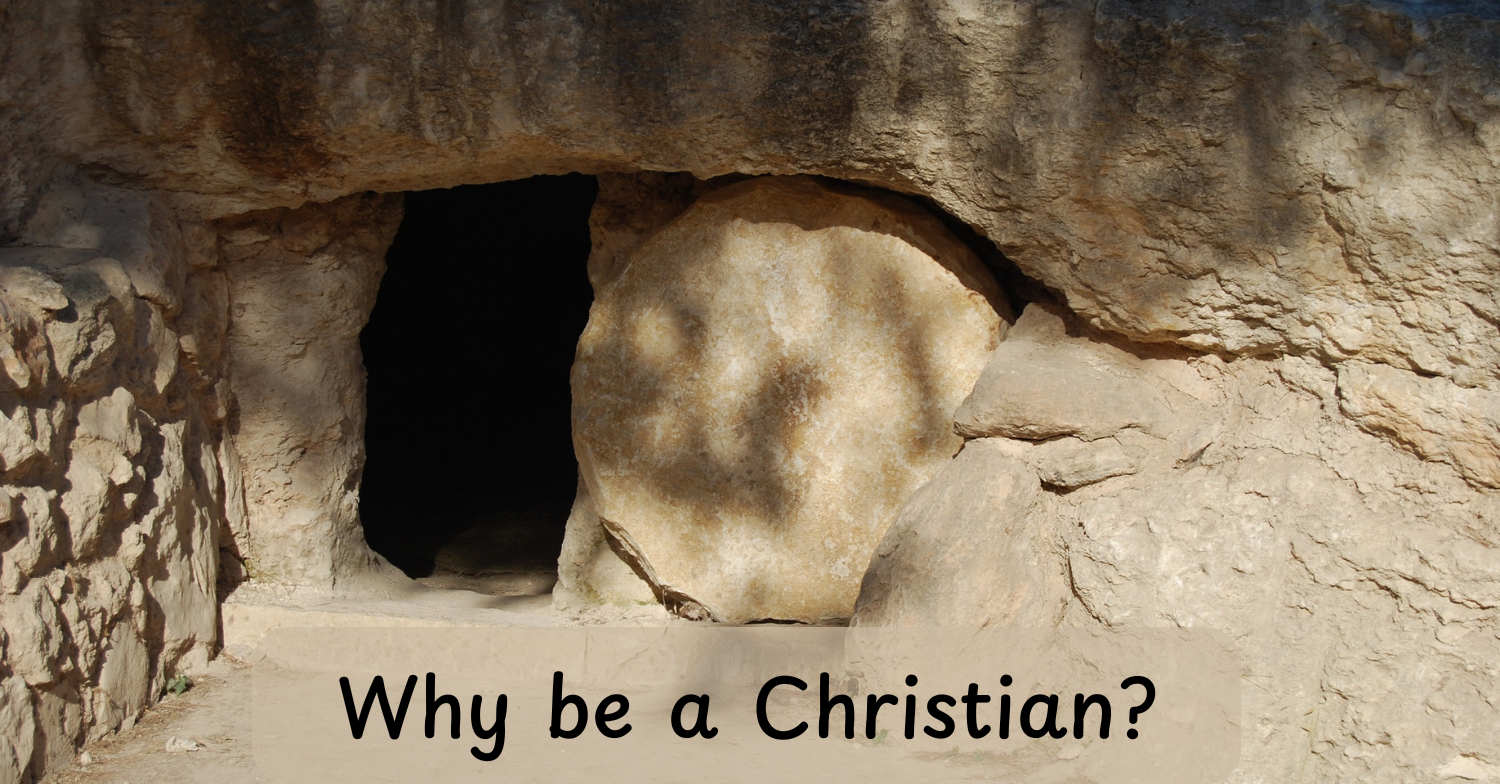
St. Mary’s is holding three conversations to help prepare candidates for Confirmation on May 4th, 2025. These sessions will occur following the services on Sunday March 30th, Sunday April 13th and Friday April 18th. Whether you wish to be confirmed this year or not, you are invited to join us for conversation and pizza. We especially welcome any youth age 12 and over. Please RSVP so we know how much pizza to order!
The following topics will be covered over the three sessions.
Who is This Christ We Follow?
There are many different ideas about who Jesus is. Is he the perfect model of a human which we aspire to? Is he the Christ, the promised anointed one? What does even mean? Is Jesus divine? We will explore the many ways Jesus has been understood inside and outside the church.
What is Anglican?
The Middle Way
Many Anglican clergy and scholars know the term via media (Latin for “middle way”), but many regular churchgoers in Canada are unfamiliar with it. Some who have heard of it think it means compromise—neither fully Catholic nor fully Protestant, but something in between. However, this is not the case.
Anglicanism’s via media is not about taking a middle ground to please both sides. Instead, it is a strong and unique position that embraces both Catholic and Protestant traditions in a way that reflects the mystery and vastness of God’s kingdom. The via media is a way to bring together opposing views and overcome division. Instead of sitting on the fence, Anglicanism stands on a broad bridge that connects Roman Catholic, Protestant, and even Orthodox traditions. This middle way has depth, as it preserves important aspects of Catholicism, embraces Protestant reforms, and revives elements of early English Christianity.
The Anglican Church follows a balanced approach known as the “three-legged stool”: scripture, tradition, and reason. While this is taught in seminaries, it is not always explained in churches. If these three principles are separated, we risk falling into extreme views:
- Scripture alone can lead to rigid fundamentalism.
- Tradition alone can create blind nostalgia for the past.
- Reason alone can become arrogant, reducing Christian faith to cold logic.
However, when these three work together—through prayer, study, and community life—they help create a faith that is thoughtful, rooted in history, and spiritually alive.
Episcopal Versus Independent Congregations
So why do we have a Bishop? Historically, Anglican theologians opposed the idea of independent congregations, arguing that bishops provide necessary leadership, unity, and order within the Church. Is that still true today? We will explore the modern distrust in institutions and growing emphasis on personal independence, and how an Episcopal model can bring unity and clarity.
What Do We Believe?
Unlike the Roman Catholic Church, which has an official teaching authority (Magisterium), or many Protestant churches, which have written statements of faith, the Anglican Church does not have a single document outlining all beliefs. This flexible approach began in the Elizabethan era when it was impossible to create a single, unified Church confession.
Instead, Anglicanism allows for a range of beliefs, similar to the diversity found in the early Christian Church. This open approach reflects the via media—the middle way, a broad and inclusive way of being Christian. We will explore a number of different creeds, both creeds of belief statements (orthodoxy) and creeds of action (orthopraxy), as we unpack this complex and rich topic.
- The Apostles Creed
- The Nicene Creed
- The Shema
- One of the Iona Creeds
What Is Liturgy and Why Do We Do It?
Liturgy is more than just words and rituals—it can create a powerful spiritual experience. When performed with sincerity and openness to God, it lifts us beyond ordinary time (chronos) into sacred time (kairos), where we encounter the Divine. However, when the meaning behind the rituals is not understood, worship can feel repetitive or confusing.
We will explore the theology behind the liturgy to engage more deeply in worship. While some may suggest simplifying the liturgy to make it easier, a better approach is to teach people its meaning so they can fully appreciate it.
In today's world, many people long for a sense of mystery and connection with God. Physical actions in worship—such as standing, kneeling, or making the sign of the cross—are not just empty gestures. They help people engage with their faith on a deeper level. Moving physically in worship can also stir something spiritually within us. Something mysterious and inexplicable happens when our body performs an act to signify something spiritual or emotional. This demonstrates that what has often been denigrated as church calisthenics is actually critically important in entering kairos time and communing with the Divine.
What Are Sacraments and Why Are They So Sacred?
The Church’s seven sacraments—Baptism, Eucharist, Confirmation, Reconciliation, Marriage, Holy Orders, and Anointing of the Sick—each reveal God’s presence in a unique way. Understanding them helps believers see how the sacred and everyday life are connected. Just as body and soul are connected, so too are the outward and inward aspects of sacraments. Some moments may feel especially holy, where the “veil” between the divine and human world seems thinner. We will explore the sacredness of all of God’s creation, and how we can connect with God anywhere and anytime.